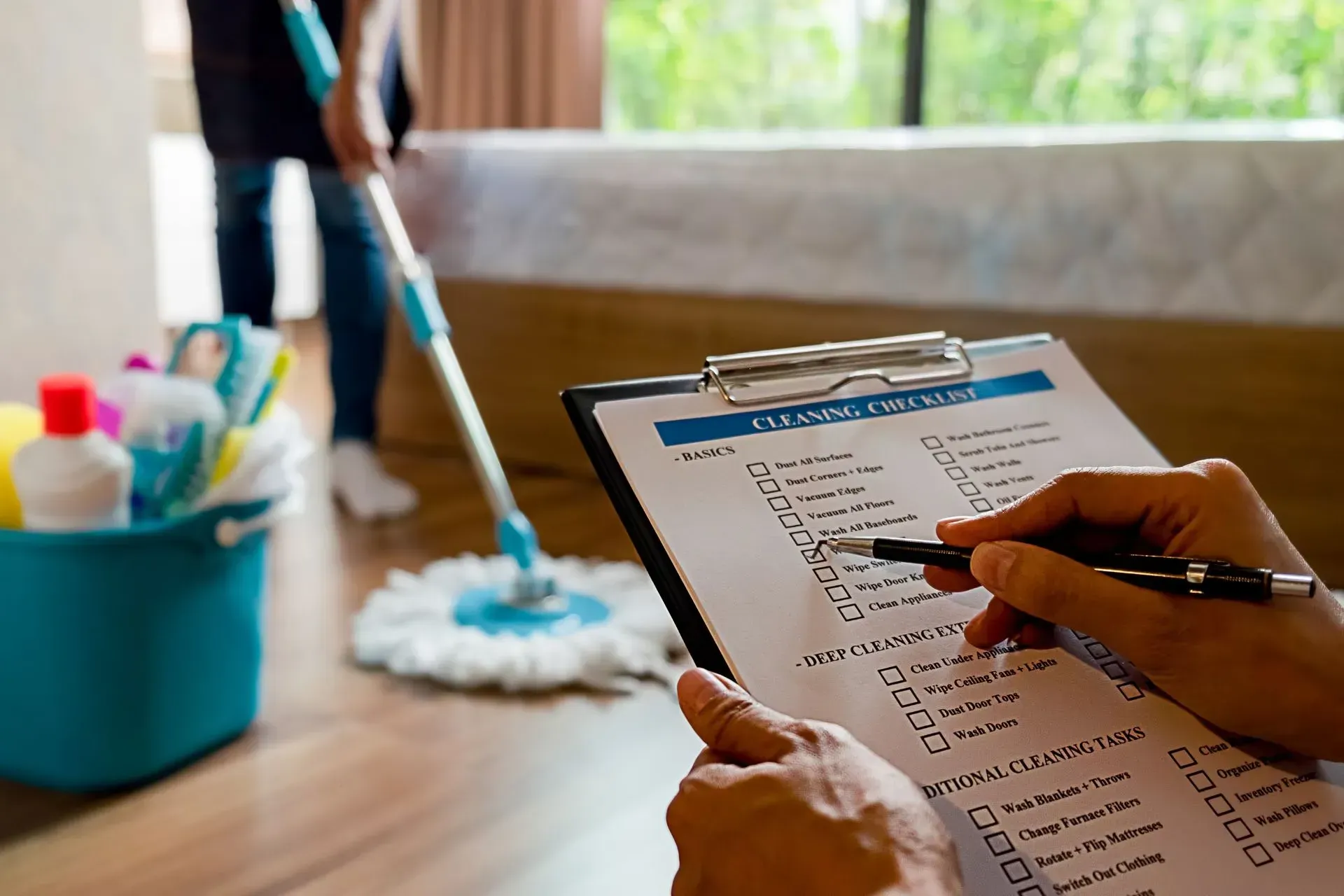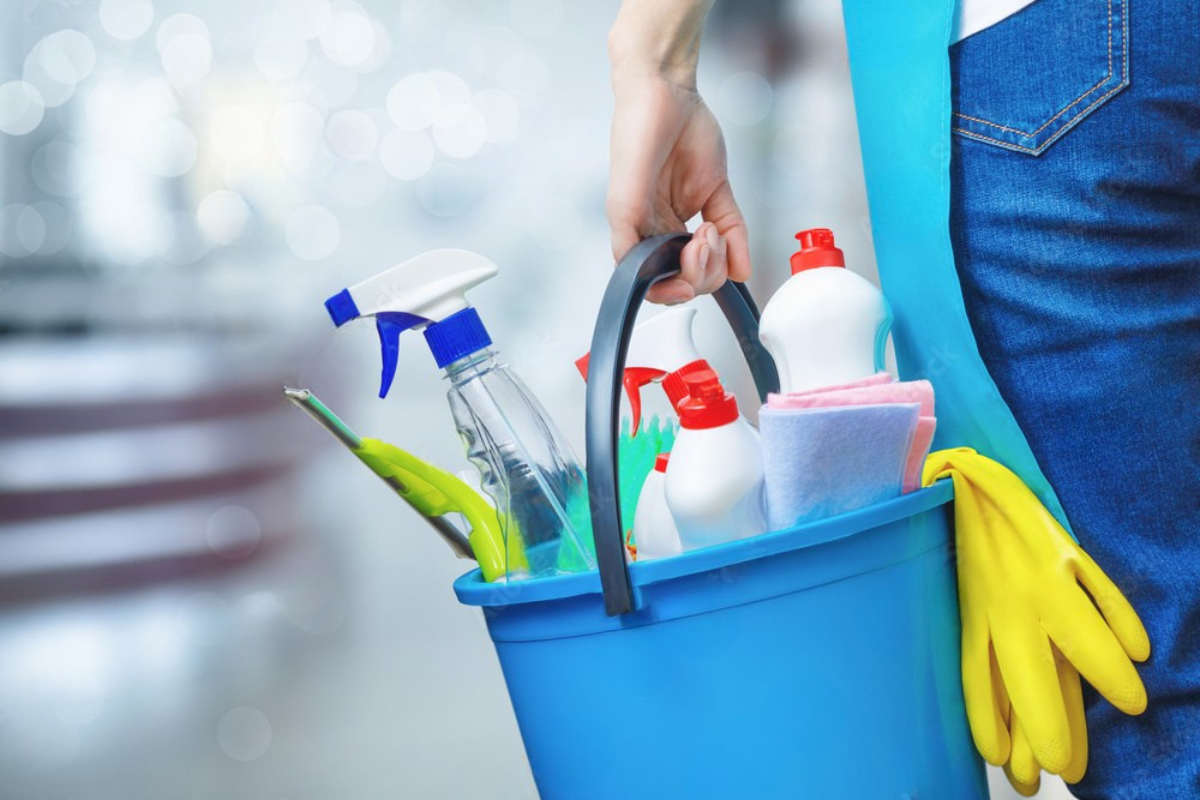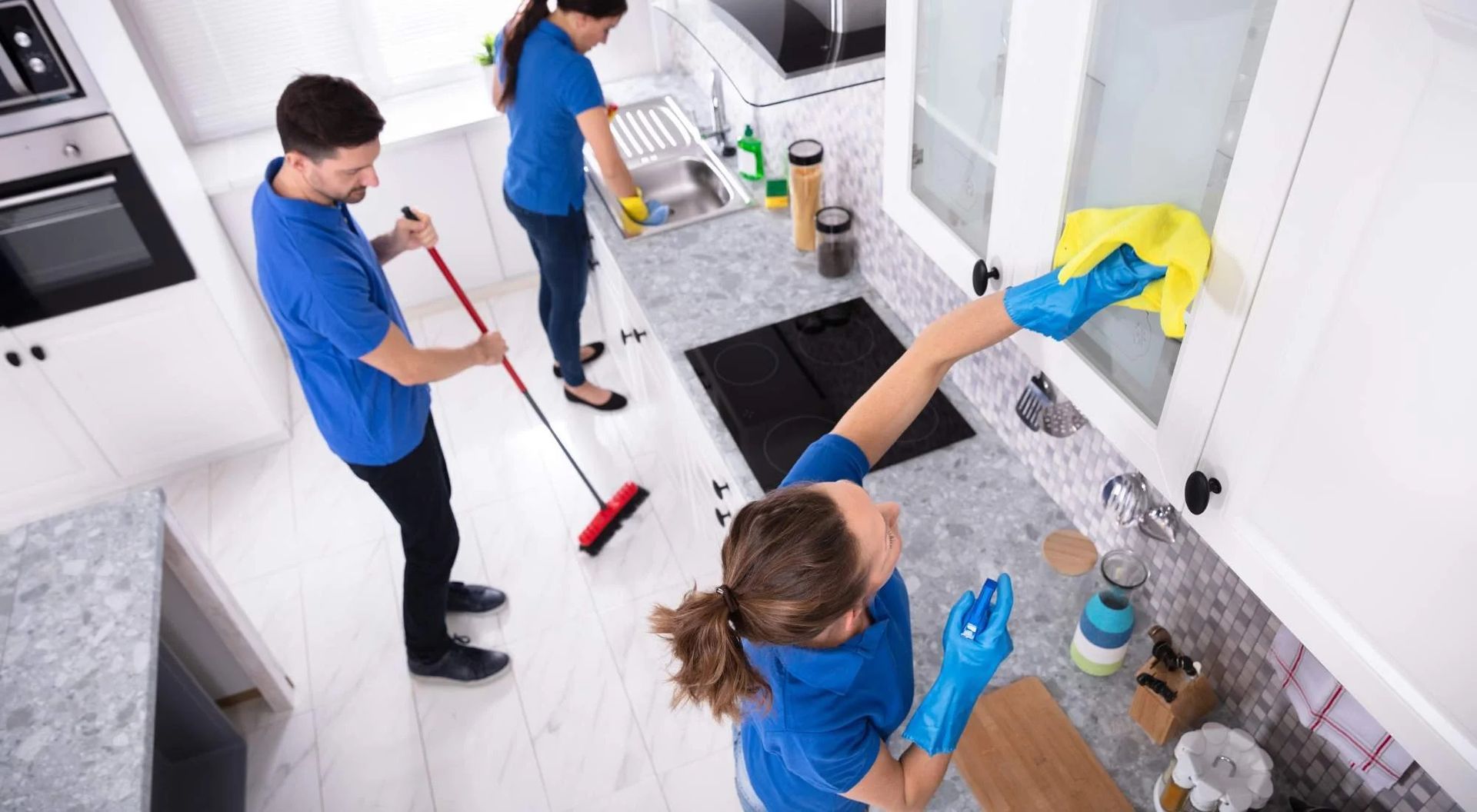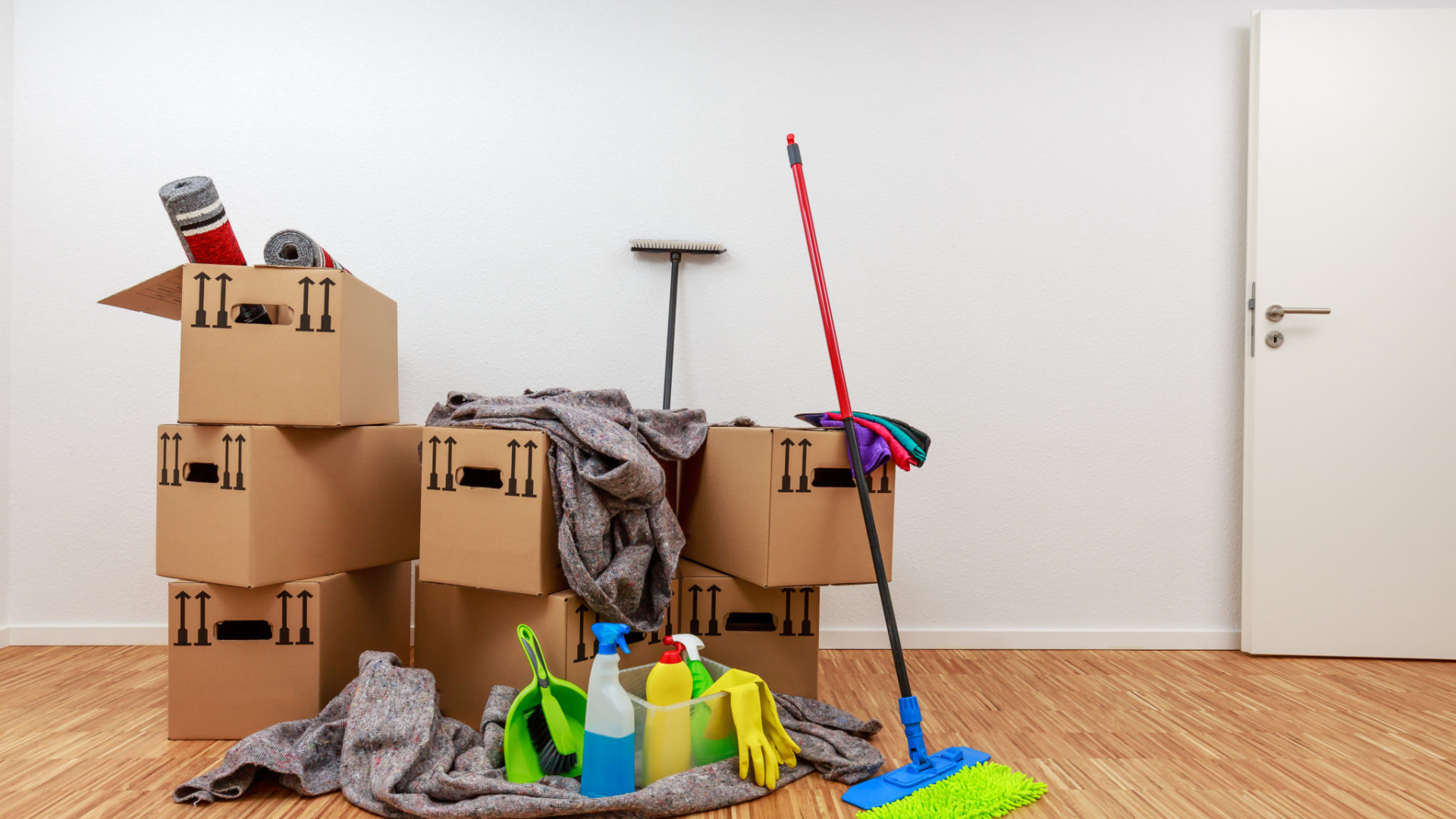The Ultimate Guide to Sanitizing High-Touch Surfaces for a Healthier Space
Introduction to Sanitizing High-Touch Surfaces
Sanitizing high-touch surfaces has become a non-negotiable habit in maintaining a healthier environment. These are the areas people touch repeatedly throughout the day, such as door handles, light switches, and countertops. Left uncleaned, these surfaces can harbor harmful bacteria and viruses that spread quickly. By adopting the right cleaning habits, you can significantly reduce the risk of illness for yourself, your family, and your colleagues.
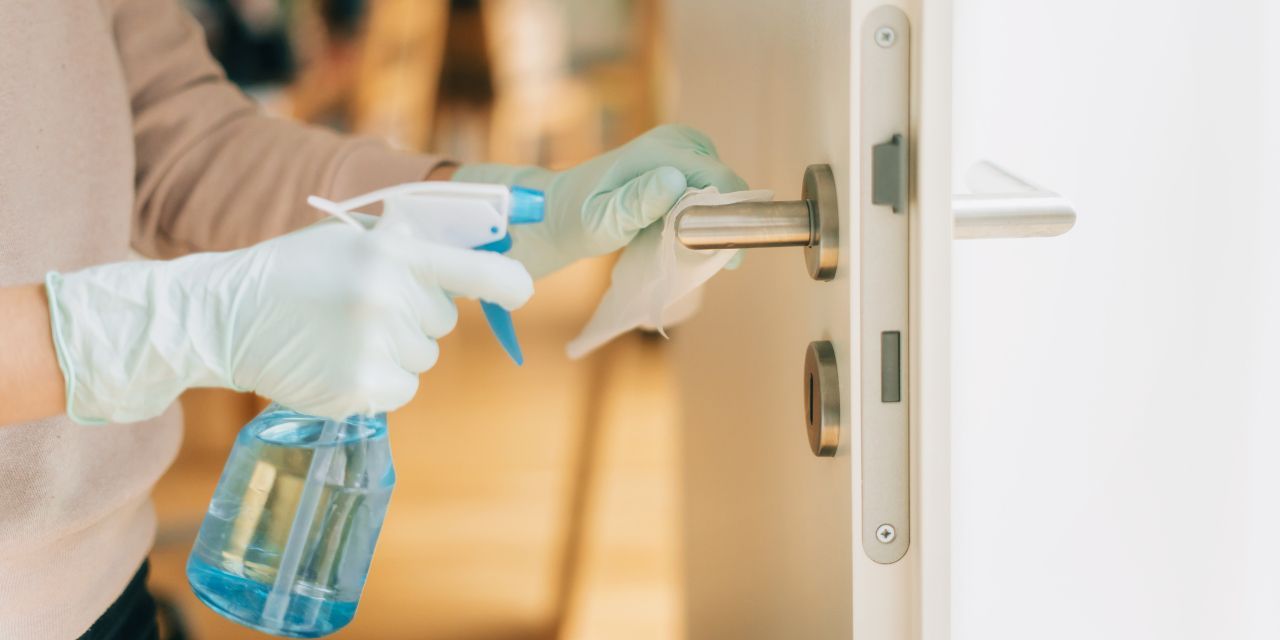
Why Sanitizing High-Touch Surfaces Matters
Every time you touch a surface, there’s an invisible exchange of germs. Studies have shown that certain bacteria and viruses can live on surfaces for hours or even days. That means a simple handshake followed by touching a doorknob can unknowingly spread illness. Proper sanitization interrupts this chain of transmission, protecting the most vulnerable and promoting overall well-being.
Identifying High-Touch Surfaces in Different Environments
Different settings have unique high-touch points that require attention:
- Homes: Remote controls, kitchen counters, refrigerator handles, light switches.
- Offices: Keyboards, telephones, elevator buttons, shared printers.
- Public areas: ATM machines, public transport handrails, shopping cart handles.
Knowing where to focus your efforts ensures no area is overlooked.
The Science Behind Germ Transmission on Surfaces
Pathogens spread primarily through contact transmission. When contaminated hands touch a surface, microbes transfer onto it. The next person touching the same surface can then pick up these pathogens, especially if they touch their eyes, nose, or mouth. Moisture, temperature, and the type of surface influence how long these germs survive, making some areas riskier than others.
Choosing the Right Cleaning vs. Sanitizing Methods
Cleaning removes dirt and debris, while sanitizing reduces germs to safe levels. Disinfecting goes a step further, killing most germs on a surface. Understanding these differences is key:
- Cleaning: Soap and water, physical scrubbing.
- Sanitizing: Lowering germ count with EPA-approved solutions.
- Disinfecting: Stronger chemicals to destroy pathogens completely.
The choice depends on the risk level of the surface in question.
Essential Tools and Supplies for Effective Sanitizing
To do the job right, you’ll need:
- Microfiber cloths or disposable wipes
- EPA-approved sanitizers
- Spray bottles
- Protective gloves
- Scrub brushes for textured surfaces
Quality tools ensure better coverage and reduce the chance of cross-contamination.
Best Practices for Daily Surface Disinfection
Consistency is key. Always sanitize before and after peak usage times, use a fresh cloth for each surface, and follow contact time guidelines on cleaning products for maximum effectiveness. For offices, creating a cleaning schedule ensures no high-touch area is missed.
Step-by-Step Guide to Sanitizing Common High-Touch Surfaces
- Wear gloves to protect your hands.
- Remove visible dirt using a damp cloth.
- Apply sanitizer evenly across the surface.
- Allow proper dwell time as per product instructions.
- Let air dry—wiping too soon can reduce effectiveness.
Sanitizing in Offices and Workspaces
Workplaces are hotspots for germ spread. Regular cleaning of desks, keyboards, and shared devices is crucial. For a thorough job, consider hiring a professional Cleaning Service that uses commercial-grade sanitizing equipment.
Sanitizing in Homes and Residential Spaces
In homes, kitchen and bathroom areas require the most attention. Pay special care to faucet handles, refrigerator doors, and TV remotes. Keeping a small sanitizing spray in high-traffic areas encourages frequent use.
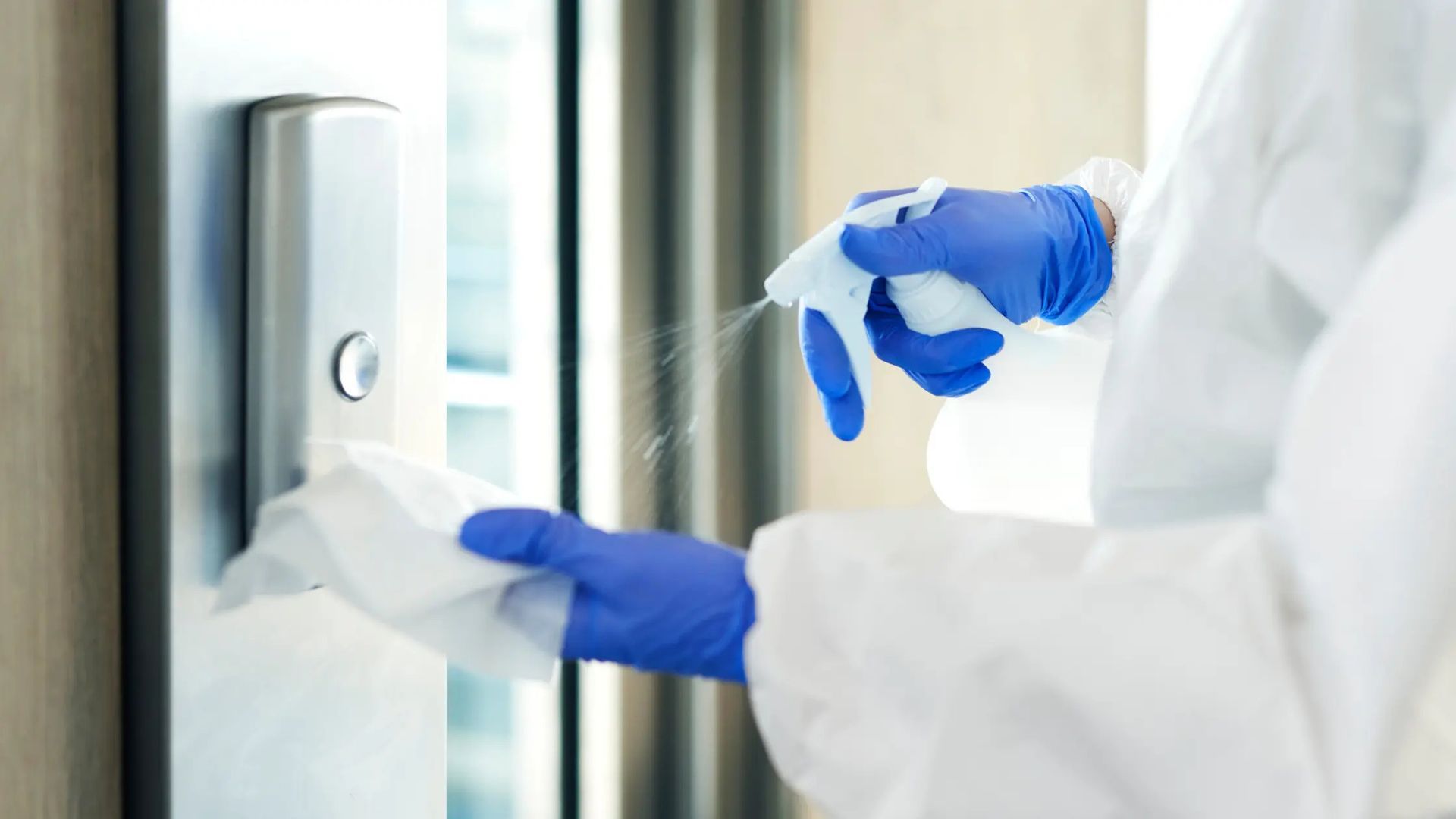
Sanitizing in Public and Shared Areas
Shared environments like gyms, libraries, and public transport require ongoing attention. Gym equipment should be wiped before and after each use, while public transport systems need regular, scheduled cleaning to ensure commuter safety.
Green and Eco-Friendly Sanitizing Solutions
For those concerned about chemical exposure, eco-friendly options like vinegar, baking soda, and hydrogen peroxide can sanitize effectively. Just ensure the products are proven to kill pathogens without leaving harmful residues.
Mistakes to Avoid When Sanitizing High-Touch Surfaces
- Using the same cloth for multiple surfaces
- Skipping recommended dwell times
- Neglecting less obvious high-touch areas like light switches or remote controls
- Overusing harsh chemicals that can damage surfaces
Frequency Guidelines for Sanitizing Different Surfaces
- Multiple times daily: Door handles, elevator buttons, shared electronics.
- Daily: Kitchen counters, desks, bathroom fixtures.
- Weekly: Baseboards, less frequently used equipment.
When to Hire Professional Cleaning Services
If you manage a busy office, a large facility, or simply want peace of mind, hiring experts can be invaluable. Professionals bring specialized equipment and proven methods to deliver a deep, thorough sanitization.
The Role of Sanitizing in Preventing Illness Outbreaks
Sanitizing high-touch surfaces is one of the simplest and most effective ways to prevent outbreaks in both residential and commercial environments. Combined with hand hygiene, it can drastically reduce transmission rates.
Innovations and Technology in Surface Sanitizing
Advancements like electrostatic sprayers, UV-C light technology, and antimicrobial coatings are transforming how we approach surface sanitizing, making it faster, more efficient, and longer-lasting.
FAQs About Sanitizing High-Touch Surfaces
What’s the difference between sanitizing and disinfecting?
Sanitizing reduces germs to safe levels, while disinfecting kills almost all germs on surfaces.
How often should I sanitize my phone?
Ideally, once daily or more if you’ve been in public spaces.
Can I make my own sanitizer at home?
Yes, but ensure it contains at least 70% alcohol to be effective.
Do natural cleaners work as well as chemical disinfectants?
Some, like hydrogen peroxide, can be effective, but always verify product claims.
Should I sanitize surfaces even if no one is sick?
Absolutely. Preventive sanitizing stops germs before they spread.
Where can I get professional sanitizing help?
You can
Contact professional cleaners for specialized assistance.
Conclusion: Creating a Healthier Space Through Consistent Sanitizing
Sanitizing high-touch surfaces isn’t just about cleanliness—it’s about protecting health. By identifying risk areas, using the right tools, and maintaining consistent habits, you create a space where people feel safe and cared for. Whether you do it yourself or hire professionals, the benefits are worth the effort.
Links
